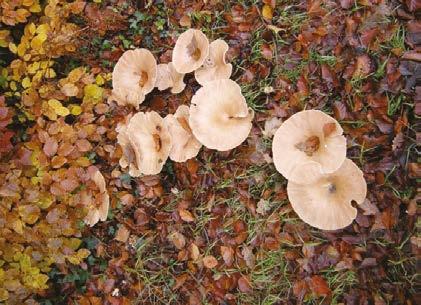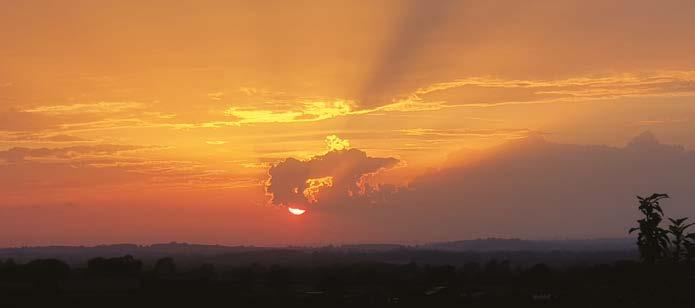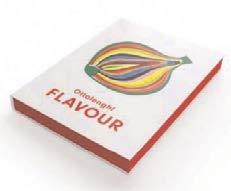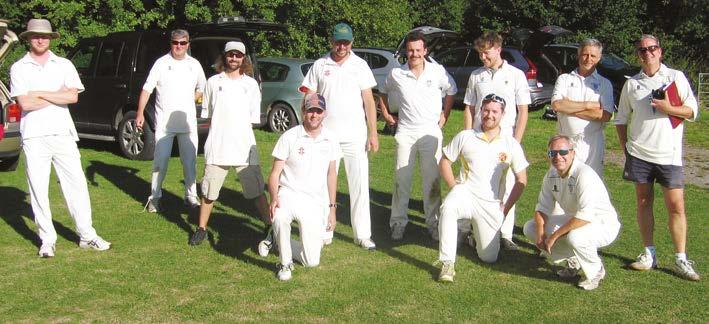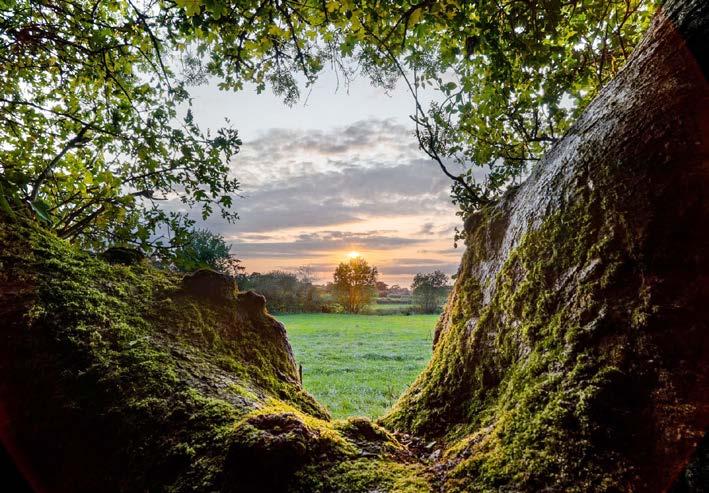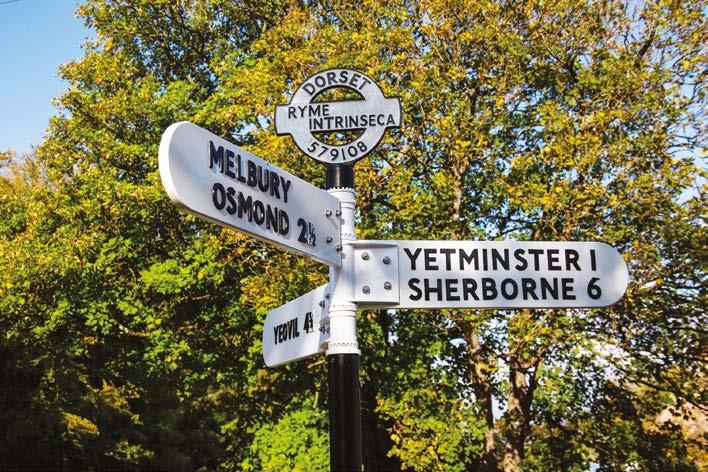
5 minute read
Ryme Intrinseca
RYME INTRINSECA REP: Gilly Wilson 872982 gml.wilson@btinternet.com DISTRIBUTOR: Clive & Cindee Taylor 872463
Finger Post
Advertisement
The new Finger Post has been erected in Ryme Intrinseca, thanks to all the hard work put in by Sue Footner and the Parish Council.
Harvest celebration
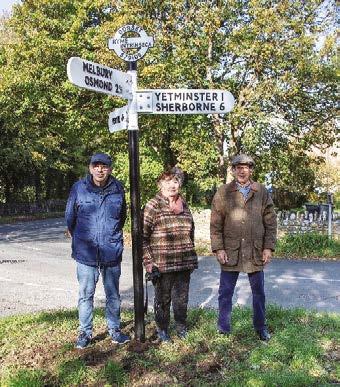
In spite of the very cold and wet weather of the weekend of 3/4 October, we managed to have a very successful Harvest celebration in the field next to the church on Sunday morning.
Unable to have our usual large supper party at Church Farm due to Covid-19, we went back to grass roots with three tractors old and new, circa 1970, 1988 and 2020. My, how they have grown!
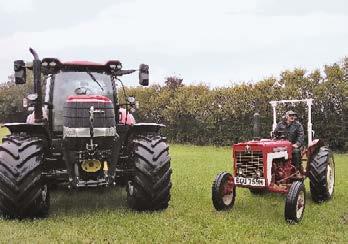
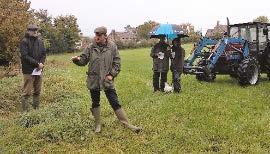
Mike Batten gave a brief explanation of a year’s work on a crop of corn or rape, linseed etc. George then took a short service and tractor blessing. Thank you George, for putting it all together. No human food was allowed, so we had Bonio treats for the four dogs present, more went back for those left at home. It was a lovely village get together – the first time this year.
As yet there are no plans for Christmas – we can’t have a Carol Service with no singing!! We will try to put something together for Christmas. If anyone has any ideas, get in touch with Mike or me.
London Marathon – at Frankham
Frankham Farm hosted its first marathon as the London marathon became a virtual event. Fenella Ross and her boyfriend Jon stitched together a 26.22 mile course, running in pouring rain through a dozen Frankham fields – not all of them flat! Well done.
Gilly Wilson WHAT’S IN A NAME? A series on the origin of Wriggle Valley Village Names. No 2: Ryme Intrinseca
Ryme and Intrinseca are the first words in the first stanza of John Betjeman’s poem ‘Dorset’ (with Ryme spelt by him as ‘Rime’ - see November’s Poem). Although one of the most idiosyncratic sounding place names in Dorset, its meaning is disappointingly logical.
‘Ryme’ is derived from ‘Rima’ meaning an edge or a border. The latin ‘Intrinseca’, translates as ‘lying within the bounds’. It is thought this was to distinguish this Manor from that of Ryme Extrinseca (outside the bounds) in Long Bredy and Langton Herring.
Ryme’s church is one of only two in England dedicated to St Hippolytus (the other is in the village of Ippolyt in Hertfordshire). In 1298 Edward I granted Lord of the Manor Humphrey de Beauchamp an annual fair on St Hippolytus’s day, August 13. Later, the manor fell into the hands of the Duchy of Cornwall, whose first Duke, at aged seven, was Edward’s great-grandson Edward of Woodstock (The Black Prince). The Prince of Wales’s heraldic badge still seen on The Old Post House in Ryme evolved from the shield of the Black Prince with ’three ostrich feathers argent’, his ‘shield of peace’.
Now:Prince’sarms(Wales)Then:Prince’sarms(Black)
NOVEMBER’S POEM ‘Dorset’ by Sir John Betjeman
Rime Intrinsica, Fontmell Magna, Sturminster Newton and Melbury Bubb, Whist upon whist upon whist upon whist drive, in Institute, Legion and Social Club. Horny hands that hold the aces which this morning held the plough, While Tranter Reuben, T. S. Eliot, H. G. Wells and Edith Sitwell lie in Mellstock Churchyard now.
Lord's Day bells from Bingham's Melcombe, Iwerne Minster, Shroton, Plush, Down the grass between the beeches, mellow in the evening hush. Gloved the hands that hold the hymn-book, which this morning milked the cow, While Tranter Reuben, Mary Borden, Brian Howard and Harold Acton lie in Mellstock Churchyard now.
Light's abode, celestial Salem! Lamps of evening, smelling strong, Gleaming on the pitch-pine, waiting, almost empty even-song. From the aisles each window smiles on grave and grass and yew-tree bough, While Tranter Reuben, Gordon Selfridge, Edna Best and Thomas Hardy lie in Mellstock Churchyard now.
The ‘Mellstock Churchyard’ JB refers to was a fiction used by Thomas Hardy in his novels and is thought to refer to St Michaels Church, Stinsford, where Hardy’s heart is buried. ‘Dorset’ was first published in 1937 when a number of those named in the last line of each stanza - HGWells, Edith Sitwell, TSElliot and the non-literary Gordon Selfridge - as being buried in Mellstock were very much alive. A note was added in explanation: “The names in the lastline of these stanzas are put in not out of malice or satire but merely for their euphony”
‘Dorset’ is under copyright and is reproduced here with acknowledgement to Sir John Betjeman and by kind permission of John Murray, Publishers. The poem first appeared in a collection entitled ‘Continual Dew’, shown left. Enthusiasts can join the Betjeman Society at www.betjemansociety.com









The Beautiful Wriggle Valley in Autumn
Many thanks to everyone who has taken such stunning photos of the wonderful autumn colours across the Wriggle Valley this month.
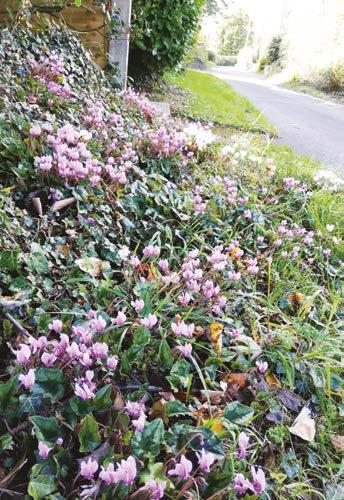
Liz Tebbatt Beer Hacket – John Parker

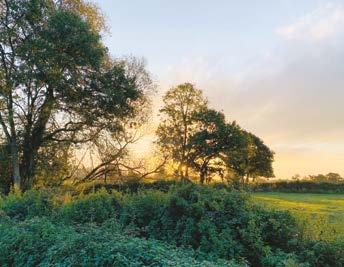
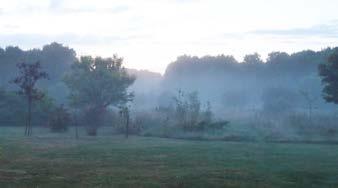

The Beautiful Wriggle Valley in Autumn
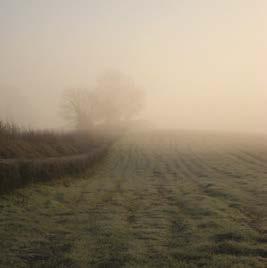
Mist – Faith Bellamy
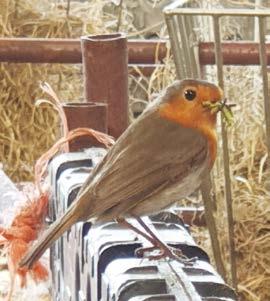
Robin supervising – Jennie Greenwood Fungi – Faith Bellamy

